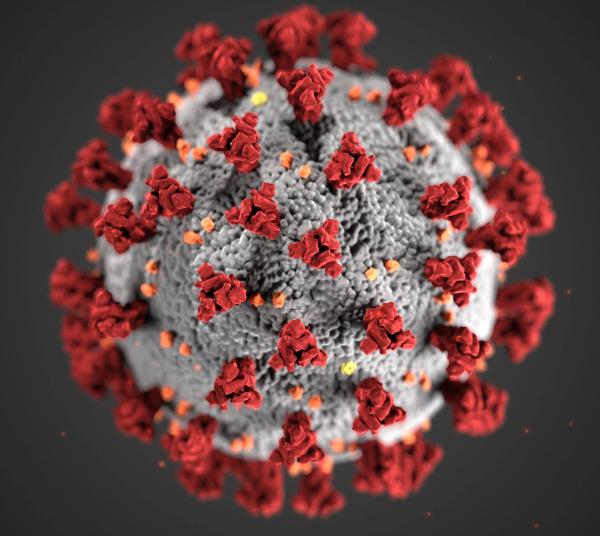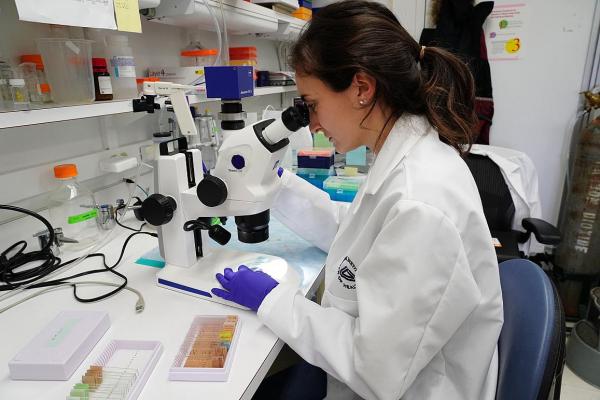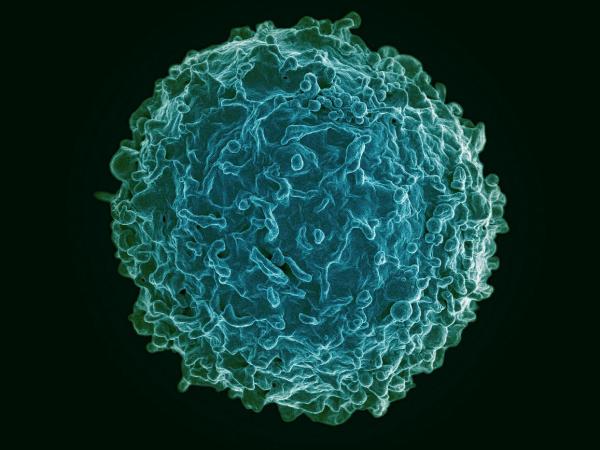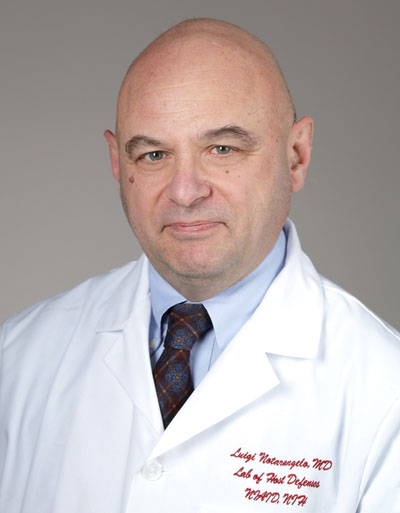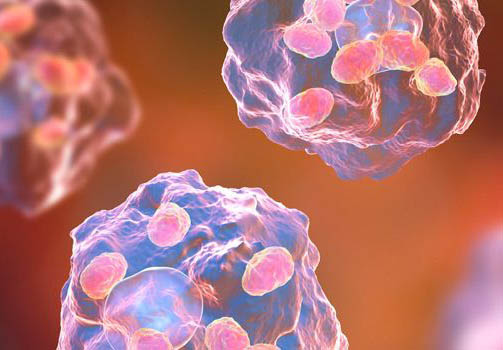Exercise Energizes Patients With Autoimmune Disease
IRP Study Points to the Biological Roots of Physical Activity’s Benefits
British science fiction writer Arthur C. Clarke once wrote that, “Any sufficiently advanced technology is indistinguishable from magic.” While not exactly a “technology,” exercise has such wide-ranging health benefits that it could understandably be mistaken for magic. Still, scientists persist in investigating precisely why physical activity is so good for us. Recently, a small IRP study showed that exercise training can help reduce the debilitating fatigue that often accompanies the autoimmune disease known as lupus, and also illuminated some of the underlying mechanisms that may lead to those benefits.



